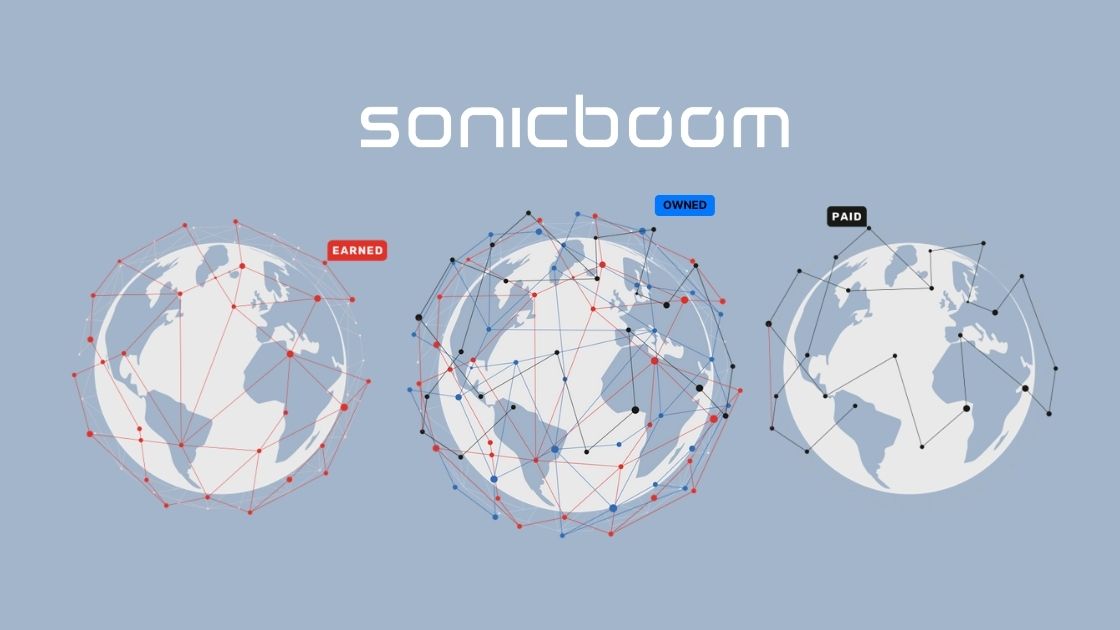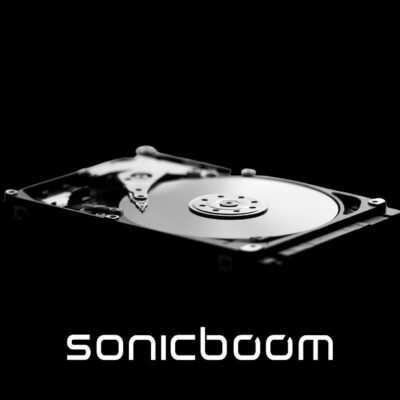A bit of Facebook, nice pictures on Instagram and a few peanuts put into the ads and the customers come running. That’s not how digital communication works. Paid media can do more harm than good if owned media and earned media are neglected. A basic course.
The provocative post on Facebook has triggered discussions. The feel-good photo on Instagram has received thousands of hearts. And the ad campaign attracted a few users to the site. It’s so easy when the money is flowing. The internet giants promise attention and companies take the bait with the sweet poison of easy clicks. But if the money stops flowing at some point, your company disappears into digital insignificance. But there is another way.
Paid Media: The sweet venom of easy clicks
It’s easy to generate clicks and get some attention on the web. Likes, hearts, and even comments can be bought for pennies. If you pay the big internet companies, the complicated algorithms that separate the relevant from the unimportant no longer apply. They are above the search results. Literally.
The problems arrive when the money stops flowing. The pennies mentioned add up very quickly to painful amounts. Those who end the campaign will realize that the digital attention for the company was not sustainable. The users are gone and won’t come back. No wonder. Because they were not specifically selected people with a potential interest in their product, but click cattle.
What is Paid Media?
The term paid media comes from media planning and refers to all forms of paid media types. This includes posters as well as online advertising or paid reach on social media. Since Nokia first used the term in 2008, additional technical terms such as paid social media or paid ads have been added. The principle is the same, but limited to a specific form of media.
The problem with paid media is the lack of long-term sustainability. Because of supposedly easy successes in the form of increased clicks and many likes, companies concentrate too much on this form of advertising. This leads to worthless hits on the page and a lot of wasted money. In addition, much more important and sustainable forms of media are neglected.
What is Owned Media?
Owned media are all media types that are under the direct control of the company. They belong to the company. They are therefore all communication channels on which you can broadcast your own content. For example, the self-created homepage, the own Facebook page, or a theme-based blog.
The advantage of owned media is that companies have full control over the content. Here, marketing departments can theoretically build something sustainable. With search engine optimized texts, user-friendly navigation, and with customer-oriented communication. If a company bungles at this point because it relies on the worthless clicks of paid media, customers can be put off because they are put off by the poor presentation, the inferior content or the unreasonable menu navigation. Some communication departments are not even aware of the poor state of their own pages because feedback is missing due to the paid clicks.
What is Earned Media?
Earned Media refers to posts on other sites about your business. In the form of articles, reviews, or comments. This kind of attention cannot be produced by yourself or artificially, it has to be earned – hence the name. This type of internet presence is particularly valuable because it involves independent contributions that spread organically. They enjoy a high level of trust among users.
But as the name suggests, companies can only earn this kind of communication. For example, active complaint management takes customers’ problems seriously and tries to solve them. In the form of constructive responses in the social media channels, for example. Proactive advertising divisions can also create topics for newspapers and support them in their research.
Paid, Owned, and Earned Media: Sustainable combination
For successful communication, first and foremost, owned media and earned media must be implemented in a structured way. It doesn’t make sense to buy clicks that lead to low-quality content. This is how companies pay for alienating their own customers. It is more sustainable to concentrate on the channels that are already there. Here, a huge amount of data can be analyzed, with which targeted content can be used efficiently to turn users into paying customers. sonicboom has established itself as an expert team for this type of communication.
It is important that all the cogs in this digital strategy work together. It’s about evaluating how the company is rated on various platforms and drawing the right conclusions from that. If the company is torn apart on job platforms, it won’t get the right applicants. But if the points of criticism are addressed and communicated internally, the company’s image will improve in the long term.
Communication is so much more than advertising on Facebook and a few Google Ads. Properly implemented, it can be the key to a company’s success. Nothing less should be the claim. Because there are many resources behind communication – not only money but also manpower. Accordingly, success must be measured and expressed in key figures. Corporate success is not measured in clicks and likes.

We identify network effects between digital silos for more sustainable visibility in the digital space. We look forward to talking about your network effect potential!




